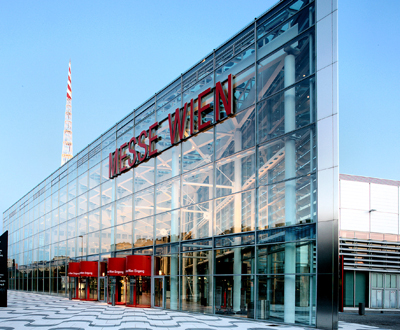
At this year’s ITS World Congress, 819 NavTech Radar will be demonstrating the cost-effectiveness of using radar for Automated Incident Detection (AID) and other applications.
“Radar’s capabilities, even in extremely challenging visual conditions, are now proven beyond doubt and we’ve been working over the last couple of years to make procurement and operation very cost-competitive,” says Navtech’s founding partner Stephen Clark.
“System for system, radar compares well with CCTV but once performance is taken into account the balance starts to tilt in radar’s favour. A single radar system can see farther, and in 360. That typically means that fewer individual systems are needed for the same task. And radar’s reliable; Navtech products offer a mean time between failure of 75,000 hours – over eight years of continuous operation.”
In service, the cost savings continue. No lens to clean, as with a camera, means fewer potential road or infrastructure closures for maintenance. This gives significant safety benefits from an operators’ perspective, indirect economic benefits in the case of congestion and – in the case of tolled roads and facilities – direct economic benefits as a result of uninterrupted operations.
“We’ve also increased radar’s utility,” Clark continues. “AID is now complemented by tailgating and illegal lane change monitoring applications, and more will follow. This is all part of our efforts to enrich the feature set and reduce overall the number and variety of systems needed to ensure safe, effective road operations, and to bring down both Capex and Opex costs.”
“Radar’s capabilities, even in extremely challenging visual conditions, are now proven beyond doubt and we’ve been working over the last couple of years to make procurement and operation very cost-competitive,” says Navtech’s founding partner Stephen Clark.
“System for system, radar compares well with CCTV but once performance is taken into account the balance starts to tilt in radar’s favour. A single radar system can see farther, and in 360. That typically means that fewer individual systems are needed for the same task. And radar’s reliable; Navtech products offer a mean time between failure of 75,000 hours – over eight years of continuous operation.”
In service, the cost savings continue. No lens to clean, as with a camera, means fewer potential road or infrastructure closures for maintenance. This gives significant safety benefits from an operators’ perspective, indirect economic benefits in the case of congestion and – in the case of tolled roads and facilities – direct economic benefits as a result of uninterrupted operations.
“We’ve also increased radar’s utility,” Clark continues. “AID is now complemented by tailgating and illegal lane change monitoring applications, and more will follow. This is all part of our efforts to enrich the feature set and reduce overall the number and variety of systems needed to ensure safe, effective road operations, and to bring down both Capex and Opex costs.”





